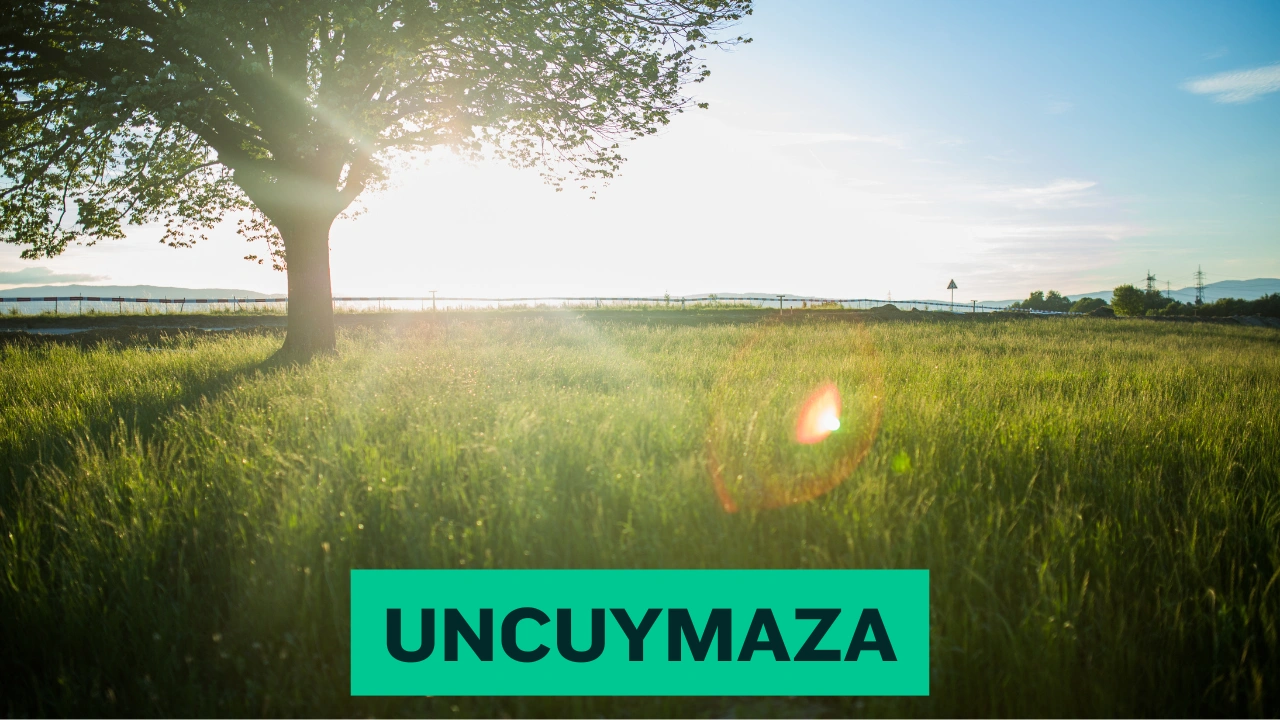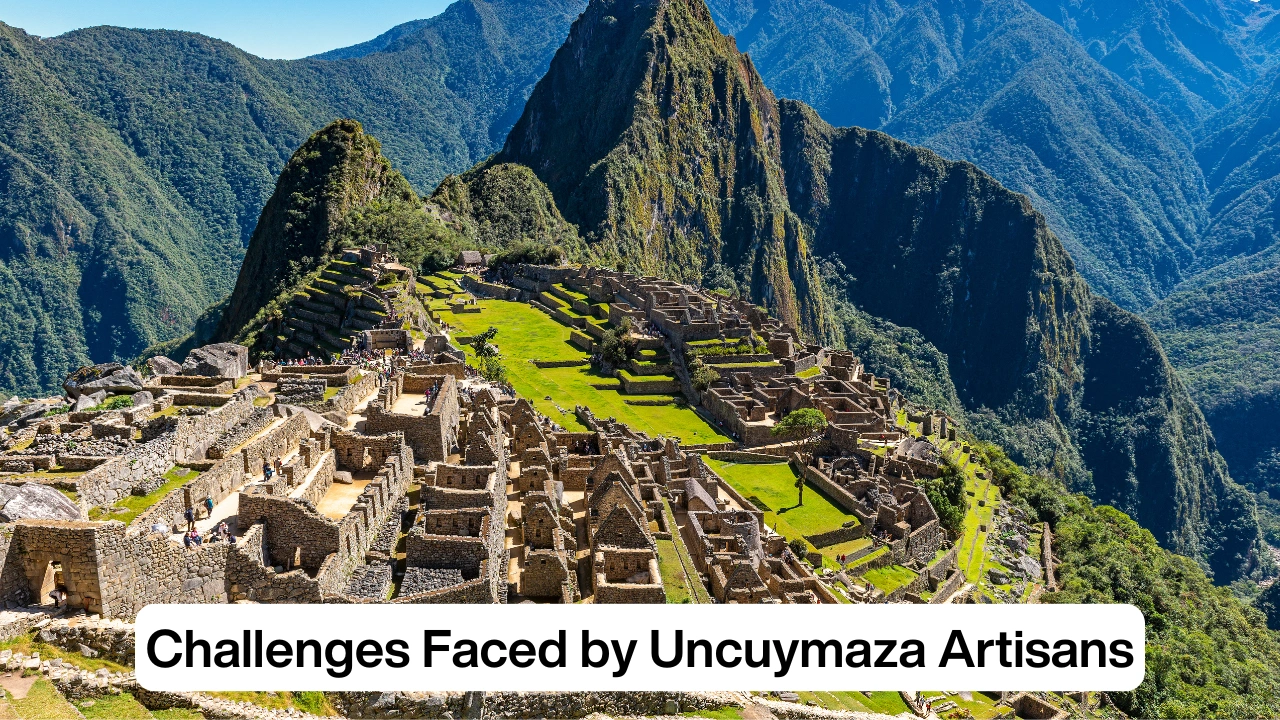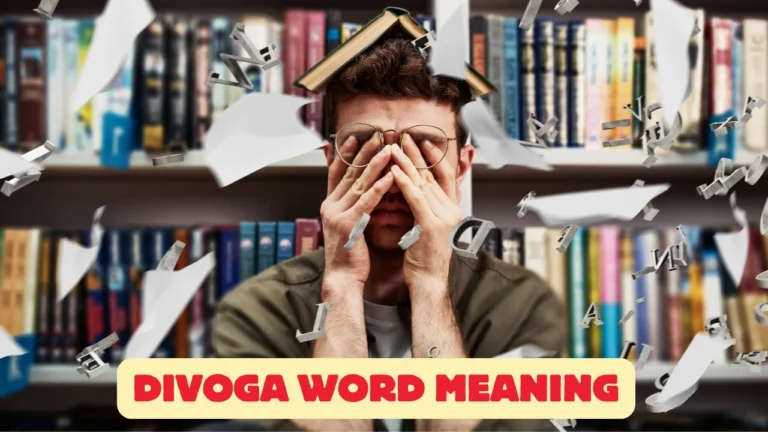Uncuymaza: Symbol of Peru’s Cultural Heritage

Uncuymaza is more than just a traditional weaving technique; it represents the rich heritage and identity of Andean communities. This ancient art form, deeply rooted in Peru’s history, tells stories of the people, their beliefs, and their connection to the natural world. Through its vibrant colors and symbolic patterns, it serves as a bridge between the past and the present, showcasing the resilience and creativity of the Andean people. Its intricate craftsmanship and cultural importance make it a living legacy of a civilization that thrived in harmony with its environment.
What is Uncuymaza?
It traces its origins back to pre-Columbian times when Andean societies flourished in harmony with nature. Early civilizations valued textiles not just as functional tools but as cultural expressions reflecting their worldview. Using fibers from alpacas and llamas and dyes from plants and minerals, artisans created textiles that were both beautiful and symbolic. Religious ceremonies, social status, and community events often tied the art to Andean life, making it an integral part of their culture. People saw the ability to weave intricate patterns as a spiritual connection to nature and a reflection of the weaver’s skills.
What role did uncuymaza play in ancient Andean society?
Uncuymaza was central to daily and spiritual life in ancient Andean society. The textiles served as offerings to deities, symbols of power, and mediums for storytelling. Communities used uncuymaza to document their history, celebrate natural cycles, and honor their ancestors. This multifaceted role made it more than just an art—it was a cultural cornerstone.
Also Read: Empowering People to Love Their Natural Bodies
The Cultural Significance
It holds profound cultural significance, extending beyond its aesthetic beauty. Each piece represents more than a textile; it weaves a narrative into fabric, symbolizing the Andean worldview. Patterns often depict natural elements like mountains, rivers, and animals, which hold spiritual meaning in Andean cosmology. These designs convey stories of survival, migration, and the cyclical nature of life. The creation and use of uncuymaza are deeply spiritual, reinforcing community bonds and honoring traditions.
How do the designs of uncuymaza reflect Andean beliefs?
The designs of uncuymaza are rich in symbolism, often representing elements like Pachamama (Mother Earth), sacred animals, and celestial bodies. The Andean understanding of the universe deeply ties these patterns to emphasize balance, harmony, and connection. Each thread carries meaning, making the textile a visual representation of cultural narratives and spiritual beliefs.
How Uncuymaza is Made
Creating uncuymaza requires meticulous craftsmanship and a deep understanding of traditional techniques. Artisans source natural fibers such as alpaca or llama wool and spin them into threads. Artisans dye these threads using organic pigments derived from plants and minerals, creating the vibrant colors characteristic of uncuymaza. The weaving process takes place on a traditional backstrap loom, which allows artisans to create intricate patterns. These patterns are not merely decorative; they carry cultural and spiritual significance, often representing elements of the Andean environment and cosmology.
What materials are used in it, and how are they prepared?
Uncuymaza textiles rely on natural materials like alpaca, llama, and sheep wool, which are hand-spun into fine threads. Artisans dye these threads using pigments extracted from native plants, insects, and minerals, ensuring vivid and sustainable colors. The preparation process includes washing, carding, and spinning the fibers, followed by dyeing in small batches to maintain quality.
| Key Components | Details |
|---|---|
| Materials | Alpaca or llama wool, natural dyes |
| Techniques | Backstrap loom weaving |
| Patterns | Geometric shapes, Andean symbolism |
| Significance | Cultural identity, spiritual connection |
How has tourism influenced the growth of uncuymaza?
Tourism has brought attention to uncuymaza, allowing artisans to showcase their work to a global audience. It has boosted economic opportunities but has also led to challenges like preserving authenticity. The demand for handmade textiles ensures that the craft remains viable, but it also requires measures to protect its cultural integrity.
Also Read: Versatility and Innovation in an Emerging Term
Challenges Faced by Uncuymaza Artisans
Despite its cultural and economic importance, it faces several challenges in the modern world. The rising cost of natural materials and the availability of cheaper, machine-made alternatives threaten the livelihoods of traditional weavers. Additionally, younger generations are often drawn to modern careers, leading to a decline in the number of artisans who continue this craft. Efforts to address these challenges include community workshops, educational initiatives, and collaborations with fair trade organizations. These programs aim to ensure that artisans receive fair compensation for their work and that the traditions of uncuymaza are preserved for future generations.

What steps are being taken to preserve uncuymaza for future generations?
Organizations and communities are working to preserve uncuymaza by offering educational programs and promoting fair trade practices. These efforts aim to make the craft appealing to younger generations and ensure that artisans receive fair compensation. Sustainable practices, like using eco-friendly dyes, are also being adopted to protect the environment and keep the tradition alive.
Preserving the Legacy
The preservation of uncuymaza is essential for maintaining the cultural identity of Andean communities. Local and international organizations are working together to promote this art form through exhibitions, cultural events, and online platforms. By raising awareness about it, they aim to celebrate its rich history while supporting the artisans who keep this tradition alive. Sustainability is another important aspect of preserving it. Many artisans are adopting eco-friendly practices, such as using organic fibers and natural dyes, to create environmentally conscious products.
How can consumers support uncuymaza artisans?
Consumers can support uncuymaza artisans by purchasing authentic, handmade textiles and advocating for fair trade practices. Awareness about the cultural significance of uncuymaza can encourage more people to value and preserve this craft. Supporting artisan workshops and educational programs also helps sustain the tradition.
Why is global recognition important?
Global recognition ensures that uncuymaza artisans receive the support they need to sustain their craft. It also helps preserve the cultural narratives woven into these textiles. International interest highlights the importance of protecting traditional practices and sharing their beauty with the world.
By celebrating uncuymaza, we not only honor a rich cultural heritage but also help sustain a craft that connects us to the Andean people’s vibrant history.
Conclusion
It is a living testament to the resilience and creativity of the Andean people. Through its vibrant colors, intricate patterns, and deep cultural significance, it tells the story of a rich heritage that has endured for centuries. As this traditional craft continues to evolve, it serves as a reminder of the importance of preserving cultural identity in an ever-changing world. By supporting the artisans who create uncuymaza and celebrating its unique beauty, we contribute to the preservation of a timeless tradition that connects us to the past while inspiring the future.
Also Read: Get365CVL Helps You to Land Your Dream Job
Frequently Asked Question
How is it crafted?
Artisans hand-spin fibers, dye them using organic pigments, and weave them on traditional backstrap looms to create intricate designs.
How has it evolved in modern times?
Modern artisans incorporate contemporary designs and eco-friendly practices, blending tradition with innovation for global markets.
Why is preserving Uncuymaza important?
Preserving it safeguards Andean cultural heritage, supports artisan livelihoods, and maintains the craft’s spiritual and historical value.
Where can I buy authentic Uncuymaza textiles?
Authentic Uncuymaza textiles can be purchased directly from Peruvian artisans, fair trade markets, and reputable online platforms supporting handmade crafts.






